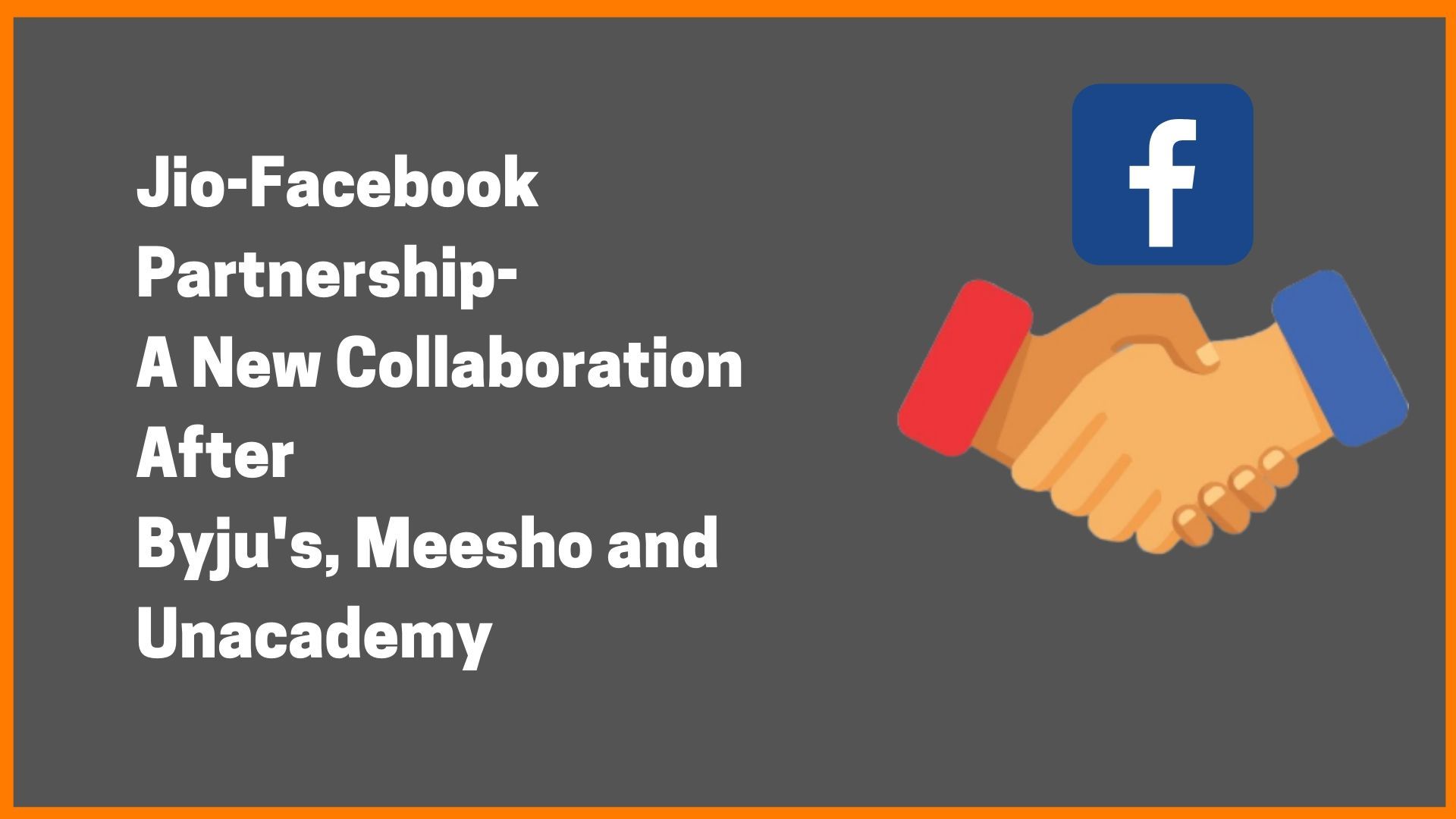The Rural areas in India are still deprived of the fast internet connections as well as e-services that are available to the Urban population of the country. India has been advocating the concept of Digital India for a very long time and it has been really successful in the Urban areas of the country, whereas there has always been a digital divide between the urban and rural population. In order to solve this problem, the Union Cabinet has come up with a project. In this article let’s look at more information about it.
Bharat Net – Latest News
How can Startups participate in BharatNet?
What is BharatNet Project?
Advantages in Rural India due to BharatNet
Advantages bought in through the PPP model
FAQ
BharatNet – Latest News
Bharat Net has recently announced to widen its connection and services to around 3.61 lakh villages in around 16 different states in India. The broadband connection will be offering a high-speed data and enable better access to the rural India towards e-services that are offered by various Government Agencies.
Bharat Net will also enable the rural population to attend online classes, OTT, e-commerce, skill development, tele medicine and other applications of the broadband service.
The Union Cabinet had conveyed on 30 June 2021 that it would launch a revised implementation strategy of the broadband service through a Public Private Partnership in 16 states of the country.
How can Startups participate in BharatNet?
The Union Cabinet has announced that this expansion procedure is going to be undertaken through a Public Private partnership model, this will enable the startups to take part in the bidding process and provide their services in setting up the connection.
The revised strategy includes not the creation but also the upgradation, maintenance, operation and utilization of the broadband service. The company which will be receiving the tender will have to undertake everything.
The tender will be decided based on a competitive bidding process and the estimated maximum viability gap funding that was approved by the Union Cabinet for the public private partnership is INR 19,041 crores.
What is BharatNet Project?
BharatNet is said to be connecting all the inhabited villages beyond gram panchayat under this project in the 16 states. The 16 states that are approved by the Union Cabinet include Kerala, Karnataka, Himachal Pradesh, Rajasthan, Haryana, Punjab, Madhya Pradesh, Uttar Pradesh, Assam, West Bengal, Manipur, Meghalaya, Tripura, Arunachal Pradesh, Mizoram and Nagaland.
As per the estimation, around 3.61 lakh villages will be covered under this project which includes Gram panchayats. The Union Cabinet has also given permission to provide the services to other inhabited villages in different states as well as Union Territories.
The Department of Telecommunication has announced to work out the modalities for the remaining villages in the other states and the Union Territories.

How BharatNet will impact Rural India
The extension in the reach of the broadband services that is reliable will enable better access to the e-services that are provided by the Central and the State governments.
The main advantage is that there would a source of revenue that will be generated from the rural India through different sources which include the proliferation of broadband services to individuals and institutions, fiberisation of mobile towers, e-commerce, sale of dark fiber and many more.
The extension will also enable to reduce the gap between the Urban and Rural divide of digital access and will increase the achievement of Digital India. The penetration and proliferation are also expected to increase income generation as well as direct and indirect employment in the rural sectors.
Advantages bought in through the PPP model
The PPP model will bring in a lot of consumer friendly advantages that include the use of innovative technology for the consumers by the private sector, faster development of network and quick connectivity to the consumers, OTT services and other variety of services to the consumers, access to all online resources, faster deployment of network and quick connectivity to consumers.
The PPP model is also expected to bring an equity investment and is also expected to raise resources towards the capital expenditure.
Conclusion
The PPP model towards Bharat Net will improve the quality of service, customer experience, efficiency, entrepreneurship, leverage private sector enterprise and capacities for accelerating achievement for digital India.
FAQ
What is Bharat Net project initiative?
BharatNet project is a project to provide on demand, affordable broadband connectivity in rural areas. BharatNet is said to be connecting all the inhabited villages beyond gram panchayat under this project in the 16 states.
Who has the largest fiber network in India?
State-owned Bharat Sanchar Nigam Limited (BSNL) has the largest fiber network which is nearly 8 lakh km long.






